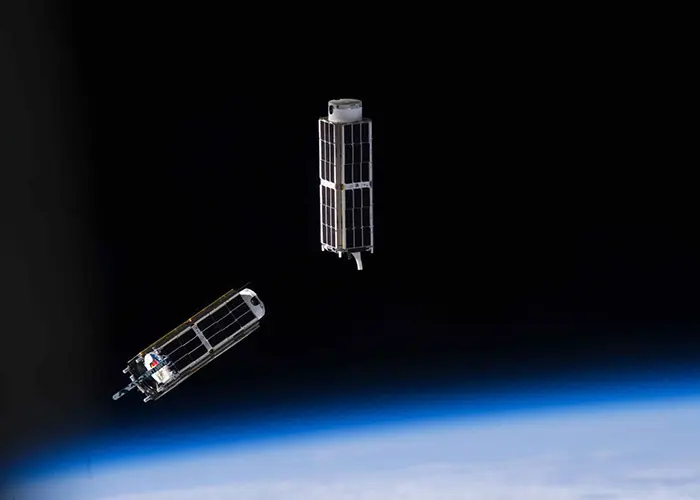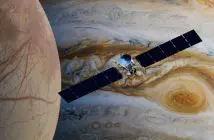
A team from Curtin University’s School of Earth and Planetary Sciences has developed a breakthrough in operating and monitoring small satellites, developing new algorithms that rely on links between satellites to precisely determine a CubeSat’s position, whether flying individually or in formation.
The development could change how space missions are conducted and lead to improvements in industries such as environmental management, agriculture, disaster management, and infrastructure inspection.
Project lead Professor Ahmed El-Mowafy said the new approach overcomes many of the constraints faced when using CubeSats, such as their small size and changes in aerodynamic forces affecting their orbits.
“These new methods mean CubeSats can now operate more independently, without the need for constant human control,” he said. “When human control is needed, the CubeSats are simpler to manage and can be guided and controlled in real-time, making them far more efficient to use in space missions. We can now operate them and be precise down to a few centimetres, which is a huge improvement on the previous accuracy level of several metres.”
Professor El-Mowafy said these improvements could help efforts to manage climate change while also making industry more profitable. In addition, farmers can use detailed crop monitoring data from CubeSats to make better-informed decisions about fertilizer use, water management and harvest planning.
“It also allows swarms of CubeSats to collaborate on large space missions, such as taking detailed Earth photos, which usually require a single, much larger and more expensive satellite,” he added.





